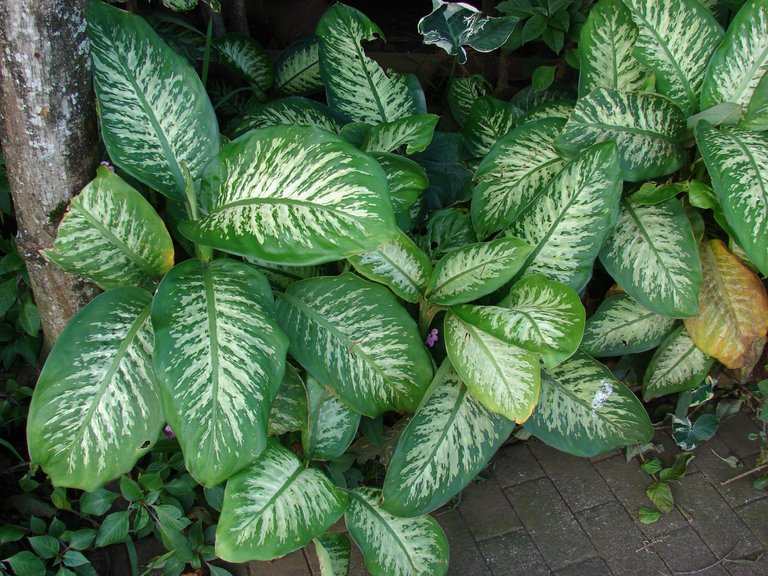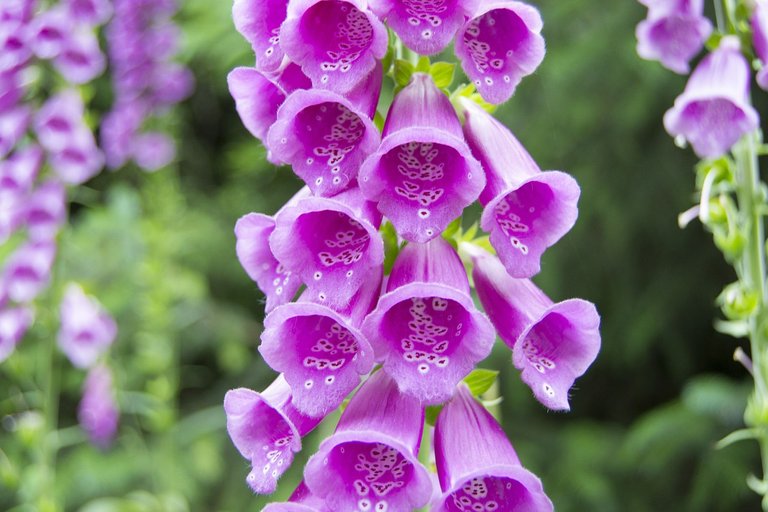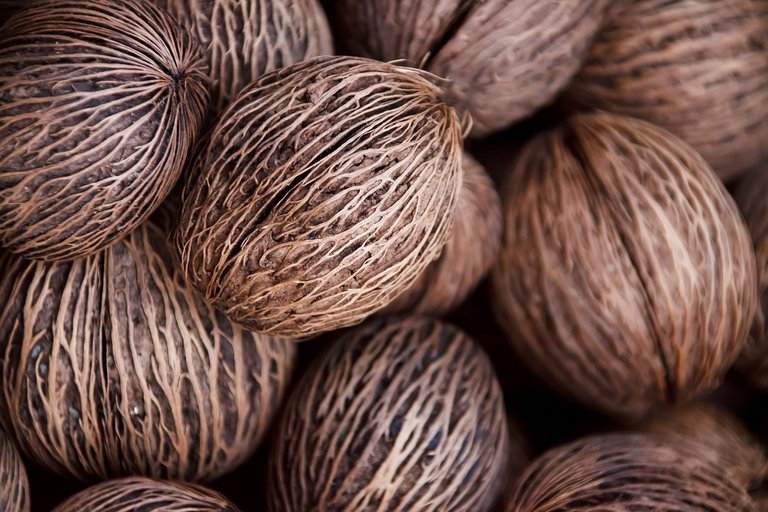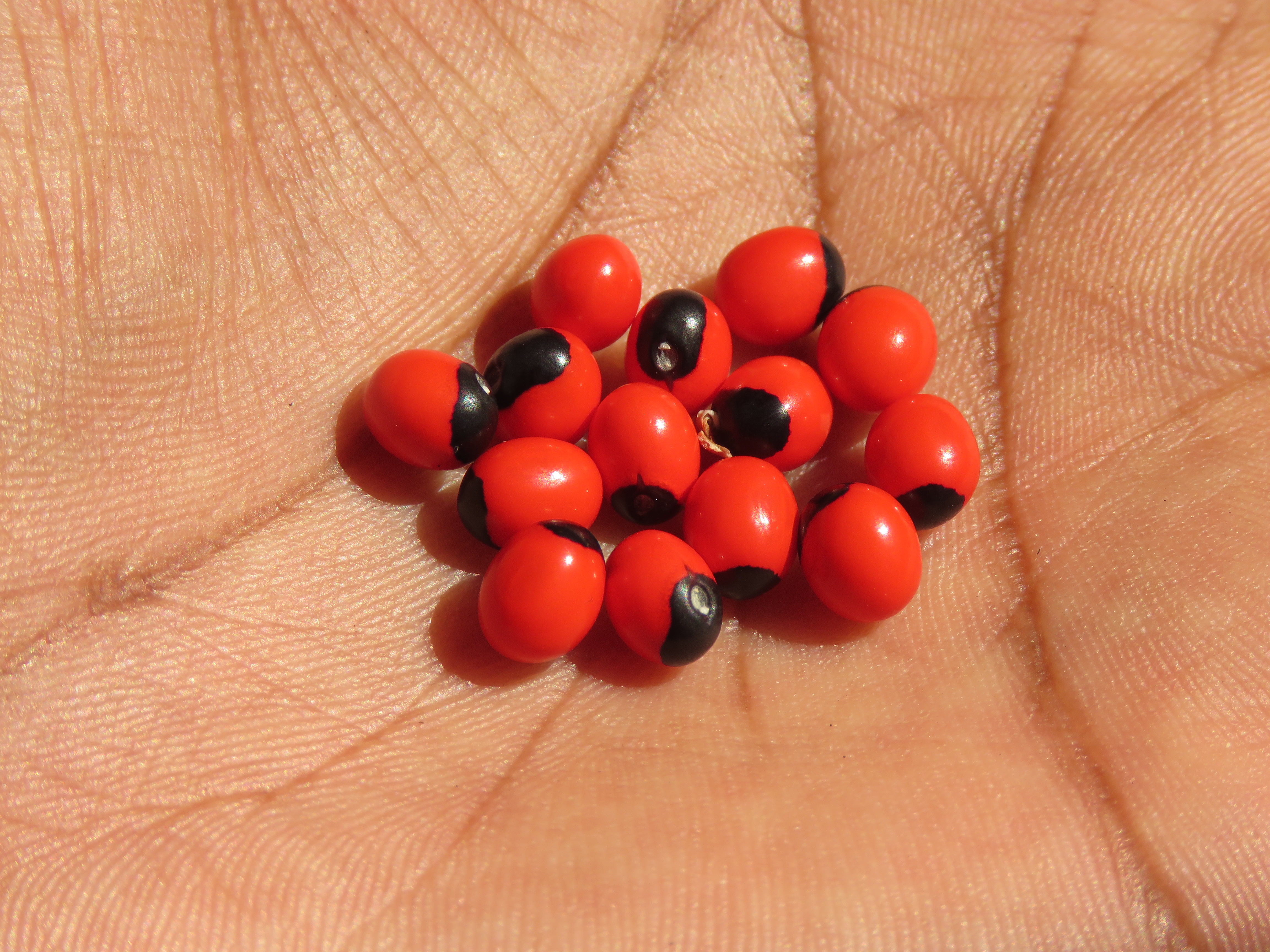Beautiful and Deadly - Exploring Toxic Plants You Should Know About
When we see plants, we do not ever see them as a threat towards our lives, at least not the one that would take away our lives, and that's why a lot of people would be willing to put any plant leaf, back, or root into their system without properly checking it. I remember one of my uncles would say that if a goat can eat a leaf and not die, then we humans can eat it as well. Personally, I haven't seen any scientific proof for that, it is just my uncle saying those yoruba believes.
So, there are some plants that can be very harmful to us, infact, some of them you would not expect to see them on this post because you never thought of them as harmful and that's because you have never been curious to give it a try (Warning: Please do not give any plant you are not certain about its consumption a try.)
The first plant I will be discussing about is Dieffenbachia also known as Dumb cane plant. This plant is very common tropical flowering plant, and a lot of people have it in their houses for beautification. Eating the dumb cane plant would lead to blisters and swelling in the mouth and throat causing difficulty with breathing and speaking. The Sap can also lead to these blisters and swellings if they come in contact with sensitive parts of the body such as the eyes. Dumb cane plant leaves contains Calcium oxalate which are needle like crystals and it also has proteolytic enzymes which causes burning sensations for up to 2 weeks.
I do not know if you have heard of Fox Glove, but it is another flower plant that a lot of people keep in their compound. The plant contains toxic cardiac glycosides, Digitoxin which is can be toxic to humans. Consuming this toxin can lead to severe poisoning which would be accompanied by symptoms such as nausea, vomiting, diarrhea, irregular heartbeat, hallucinations, and confusion. It also goes further to affect vision making them blurry and yellowish.
Pong Pong is another plant. Actually I haven't seen this plant in my life, but from my findings, it is common in southeast Asia. The plant seed is enough to be fatal in humans. The seed of the plant contains Cerberin which is a toxin that interfares with heart functions. Its not like the seed isn't covered, so it would be very difficult to consume unless it is intentional. This poison can cause death within few hours of ingestion.
Another plant to discuss is Aconite which is also very poisonous. it is composed of Aconitine which alters the brain and heart function. It is lead to very disturbing symptoms such as muscle weakness, tingling, irregular heartbeat, low blood pressure, vomiting, nausea, and diarrhea. Aconite posioning can be fatal when taken.
I would have like to discuss the Belladonna (deadly nightshade), but I have done that in one of my previous posts, so I will be moving forward but so you might understand how the plant poisoning works, the plant itself looks like blueberries. The plant berries contain Atropine and Solanine. They attack the body and can cause symptoms such as delirium, shock, slow breathing, hallucination, fever, enlarged pupil, diarrhea, stomach pain, dry mouth, vomiting, change in pulse, and even death. That said, let's discuss another plant.
The Rosary pea (Abrus precatorius) is another bright red berrylike fruit that can be poisonous with no antidote. The plant is composed of the toxic protein known as Abrin, which stops the ribosome from functioning causing the cells to die which leads to the death of the person over time.
It's essential to educate ourselves about the potential dangers of certain plants and exercise caution when dealing with them. Eating everything we see isn't right and should be avoided. Always refrain from ingesting or handling any plant unless you are certain of its safety.
Citation
- https://www.mountsinai.org/health-library/poison/dieffenbachia-poisoning
- https://www.poison.org/articles/dieffenbachia-and-philodendron-202
- https://www.fs.usda.gov/detail/elyunque/learning/nature-science/?cid=fsbdev3_042882
- https://www.mountsinai.org/health-library/poison/foxglove-poisoning
- https://www.poison.org/articles/foxglove
- https://www.sciencedirect.com/science/article/abs/pii/S0736467918305924
- https://www.ncbi.nlm.nih.gov/pmc/articles/PMC7141719/
- https://www.tandfonline.com/doi/abs/10.1080/15563650902904407?journalCode=ictx20
- https://www.ncbi.nlm.nih.gov/pmc/articles/PMC4894214/
- https://www.ncbi.nlm.nih.gov/pmc/articles/PMC3361210/
- https://www.poison.org/articles/are-rosary-peas-poisonous-194
- https://www.ncbi.nlm.nih.gov/pmc/articles/PMC2672262/






!ALIVE
@ireti! You Are Alive so I just staked 0.1 $ALIVE to your account on behalf of @memess. (1/10)
The tip has been paid for by the We Are Alive Tribe through the earnings on @alive.chat, feel free to swing by our daily chat any time you want, plus you can win Hive Power and Alive Power delegations and Ecency Points in our chat every day.

Thanks for your contribution to the STEMsocial community. Feel free to join us on discord to get to know the rest of us!
Please consider delegating to the @stemsocial account (85% of the curation rewards are returned).
Thanks for including @stemsocial as a beneficiary, which gives you stronger support.
Knowing about the Dumb canes is perhaps particularly useful for pet owners of pets who might chew on anything.
Looks like these toxic plants have enticing colors. The first plant is so common in cafes, didn't know they're toxic.